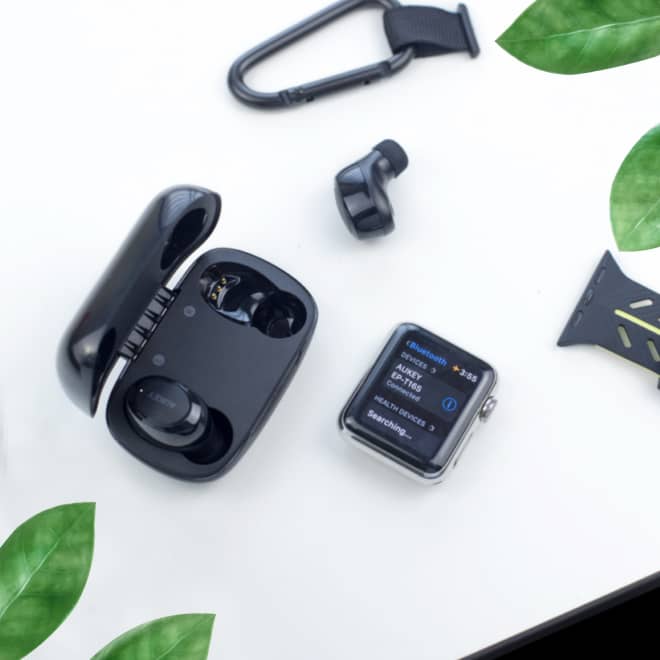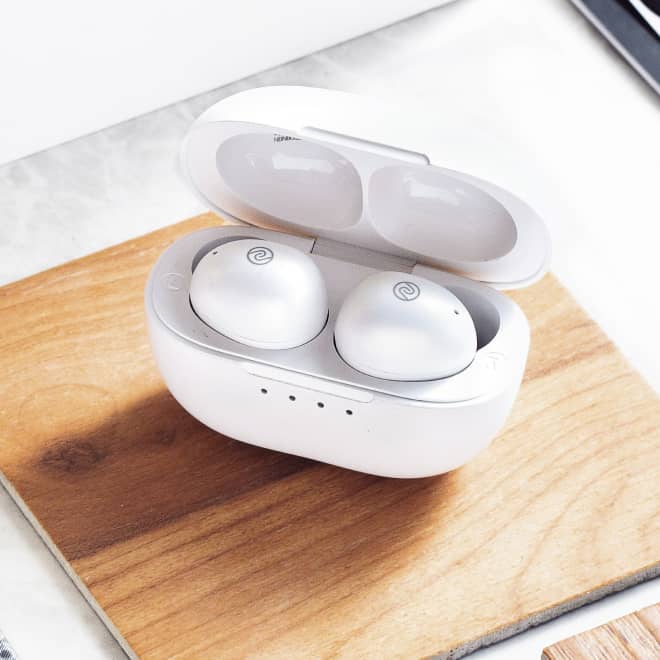October 30, 2025
Why Brands Should Choose Non-Harmful Creative Production in 2025
Sexualised ads are losing trust in 2025. Discover why ethical, non-harmful creative production builds stronger connections, boosts loyalty, and drives brand success.

By Brendan Creaser, Founder of Studio Bohemia Bay Studio
Picture this: You’re flipping through your feed, and there it is, a swimwear ad. A model in a barely-there bikini strikes a sultry pose, her gaze more seductive than the swimsuit itself. The tagline? “Cheeky cuts for steamy summer vibes.” It’s Bamba Swim’s latest campaign, dripping with 80s nostalgia and sensuality. It’s bold. It’s eye-catching. But here’s the question: Is it worth the cost? As an ex-paramedic and nurse, I’ve lived by one rule.
Do no harm,
Now, at Studio Bohemia Bay Studio, I’m bringing that ethos to creative production. In 2025, brands clinging to sexualized imagery like Bamba Swim’s risk more than a raised eyebrow, they risk losing trust, relevance, and their audience. The future lies in non-harmful creative production: visuals rooted in consent, respect, and purpose. Here’s why it’s time to rethink the way we shoot swimwear.
The Hidden Cost of Sexualized Swimwear Imagery
Sex sells, right? Not anymore. Bamba Swim’s campaigns, with their “sultry stares” and minimal coverage, might turn heads, but they’re also turning off a growing chunk of consumers. Why? Because in 2025, people, especially Gen Z, with 73% favouring socially responsible brands (Nielsen, 2023), see through the gloss. These ads don’t just sell swimsuits; they peddle unrealistic beauty standards that hit young women hardest. Research from Halliwell and Dittmar (2004) shows body-centric ads slash self-perception by 60%, with teens feeling the sting most (Psychology & Marketing).
Look at history: Victoria’s Secret learned this the hard way. Their hyper-sexualised campaigns tanked sales by 7% in 2018 as shoppers flocked to brands that mirrored real life (Vox, 2018). Today, the stakes are steeper. Sexualised imagery erodes trust, by 40%, according to Fournier and Srinivasan (2018) and alienates a generation that craves authenticity over airbrushed fantasy. Bamba Swim’s focus on allure over function isn’t just dated; it’s a gamble that doesn’t pay off.
What Non-Harmful Creative Production Looks Like
Now imagine a different ad: a model dives into the ocean, water glistening on a swimsuit built for movement. No bedroom eyes, no suggestive angles, just a product doing its job. That’s non-harmful creative production: visuals that respect models, highlight utility, and connect with real people. Moana Bikini nails this. Led by Kirby Simon, they’ve gone global by showcasing diverse models (XXS to 4XL) in active, empowering poses, think surfing, not sulking. Even a 2024 controversy (a male model in women’s swimwear) didn’t derail them, authenticity kept their fans close (Timeless Fashion Hub, 2024).
Then there’s Nike Swim’s "Bodies of Water" campaign. With diverse models swimming, cliff diving, or lounging by the water, sans objectification. It racked up 34,000+ Instagram views and won praise for body positivity (Shorty Awards, 2025). It’s proof: ethical visuals pop. At Studio Bohemia Bay, our Non-Harmful Imagery Guidelines follow suit: consent agreements, inclusive casting, and poses that scream “This swimsuit works” over “This swimsuit seduces.” Data backs it up, product-focused visuals lift likability by 15-25% (Edwards & La Ferle, 2009, Journal of Advertising Research).
Want in? Brief models to embody the product’s purpose (e.g., “You’re a swimmer”), spotlight design (fit, fabric, function), and ditch the suggestive lens, especially for younger audiences. It’s that simple.
The 2025 Payoff: Trust, Loyalty, Profit
Here’s the kicker: non-harmful creative production isn’t just feel-good, it’s a goldmine. Brands embracing ethical visuals see 10-20% higher retention (Keller, 2020, Journal of Consumer Marketing). Nike Swim’s "Bodies of Water" didn’t just spark likes, it built a following. Summersalt’s modest, functional swimwear is climbing the charts too, proving Gen Z’s 73% ethical preference (Nielsen, 2023) isn’t a fad, it’s a mandate.
In a world where backlash spreads faster than a viral reel, non-harmful production is a shield and a sword. My healthcare roots taught me harm’s ripple effect; now, our Studio Bohemia Bay, craft visuals that respect models and win hearts. It’s a competitive edge you can’t ignore.
The Future Starts Now
Bamba Swim’s sensual gamble might linger, but it’s a fading echo. Moana Bikini and Nike Swim show the way forward: consent-first, product-focused visuals that inspire trust. In 2025, brands that embrace non-harmful creative production won’t just survive, they’ll thrive. At Bohemia Bay Studio, our guidelines are a work in progress, but they’re a roadmap to a better swimwear story.
Ready to rewrite yours?
Non-Harmful Imagery isn't just right - it’s the future.

No items found.





-min.jpg)


